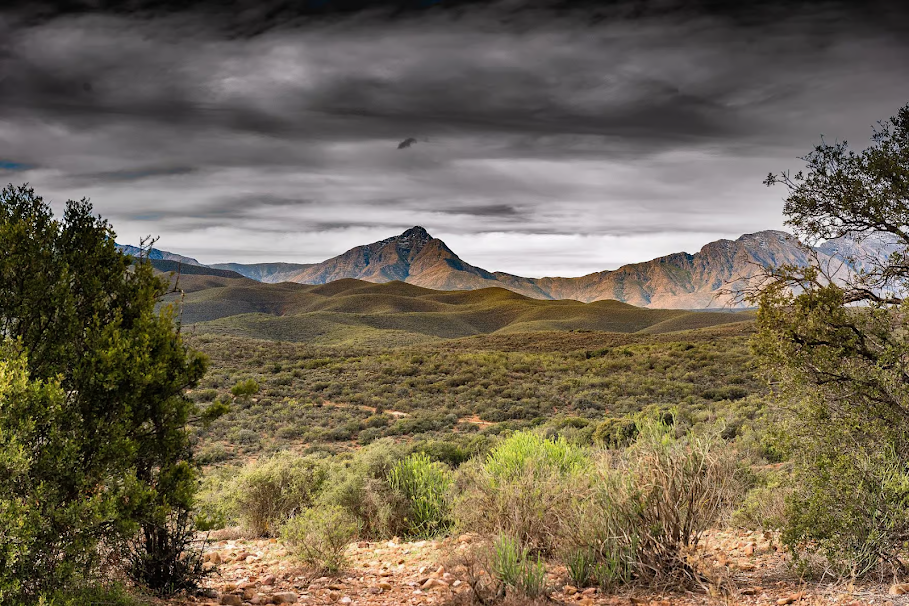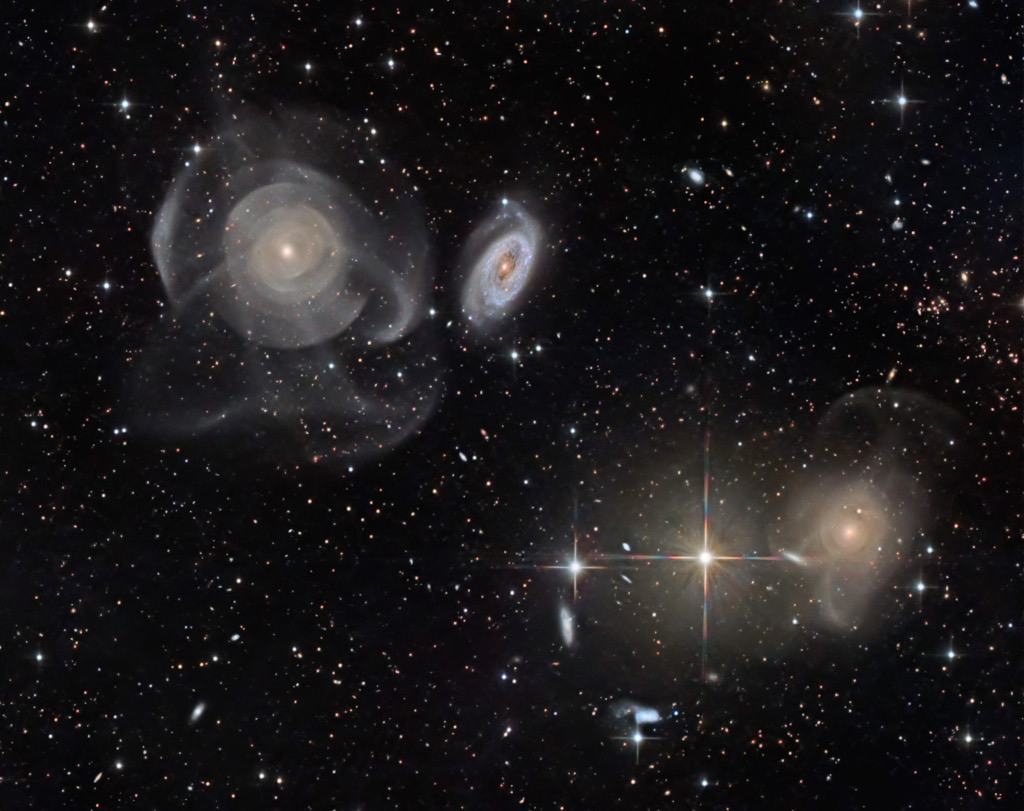Nombre total de pages vues
09/11/2024
BIOMES - La mangrove
ASTRONOMY - Neptune at Night
2024 November 9
Image Credit & Copyright: Voyager 2, NASA
Explanation: Ice giant Neptune is faint in Earth's night sky. Some 30 times farther from the Sun than our fair planet, telescopes are needed to catch a glimpse of the dim and distant world. This dramatic view of Neptune's night just isn't possible for telescopes in the vicinity of planet Earth though. Peering out from the inner Solar System they can only bring Neptune's day side into view. In fact this night side image with Neptune's slender crescent next to the crescent of its large moon Triton was captured by Voyager 2. Launched from planet Earth in 1977 the Voyager 2 spacecraft made a close fly by of the Solar System's outermost planet in 1989, looking back on Neptune as the robotic spacecraft continued its voyage to interstellar space.
08/11/2024
BIOMES - La toundra sous la menace du réchauffement climatique
ASTRONOMY - Helping Hand in Cassiopeia
2024 November 8
Image Credit & Copyright: Francesco Radici
Explanation: Drifting near the plane of our Milky Way galaxy these dusty molecular clouds seem to extend a helping hand on a cosmic scale. Part of a local complex of star-forming interstellar clouds they include LDN 1358, 1357, and 1355 from American astronomer Beverly Lynds' 1962 Catalog of Dark Nebulae. Presenting a challenging target for astro-imagers, the obscuring dark nebulae are nearly 3,000 light-years away, toward rich starfields in the northern constellation Cassiopeia. At that distance, this deep, telescopic field of view would span about 80 light-years.
07/11/2024
UNE QUESTION (PRE)HISTORIQUE - Alors qui de l'oeuf ou de la poule ?
BIOMES - Les prairies savanes et brousses : des biomes peu gourmands en eau
METEOROLOGIE - En Nouvelle-Zélande un étrange nuage apparaît toujours au même endroit depuis 1896
ASTRONOMIE - La dream team Hubble et James-Webb révèle deux yeux cosmiques injectés de sang qui nous regardent !
ASTRONOMY - Shell Galaxies in Pisces
2024 November 7
Image Credit & Copyright: George Williams
Explanation: This spectacular intergalactic skyscape features Arp 227, a curious system of galaxies from the 1966 Atlas of Peculiar Galaxies. Some 100 million light-years distant within the boundaries of the constellation Pisces, Arp 227 consists of the two galaxies prominent above and left of center, the shell galaxy NGC 474 and its blue, spiral-armed neighbor NGC 470. The readily apparent shells and star streams of NGC 474 are likely tidal features originating from the accretion of another smaller galaxy during close gravitational encounters that began over a billion years ago. The large galaxy on the bottom righthand side of the deep image, NGC 467, appears to be surrounded by faint shells and streams too, evidence of another merging galaxy system. Intriguing background galaxies are scattered around the field that also includes spiky foreground stars. Of course, those stars lie well within our own Milky Way Galaxy. The telescopic field of view spans 25 arc minutes or just under 1/2 degree on the sky.
06/11/2024
VILLES BIONIQUES DU FUTUR - Solar Drop : une piscine-lagon
ASTRONOMY - Up from the Earth: Gigantic Jet Lightning
2025 September 9 Up from the Earth: Gigantic Jet Lightning Image Credit: NASA , Expedition 73 , Nicole Ayers Explanation: What's tha...

-
2022 September 26 All the Water on Planet Earth Illustration Credit: Jack Cook, Adam Nieman, Woods Hole Oceanographic Institution ; Data ...
-
2021 August 11 Mammatus Clouds over Saskatchewan Image Credit & Copyright: Michael F Johnston Explanation: When do cloud bottoms appe...








